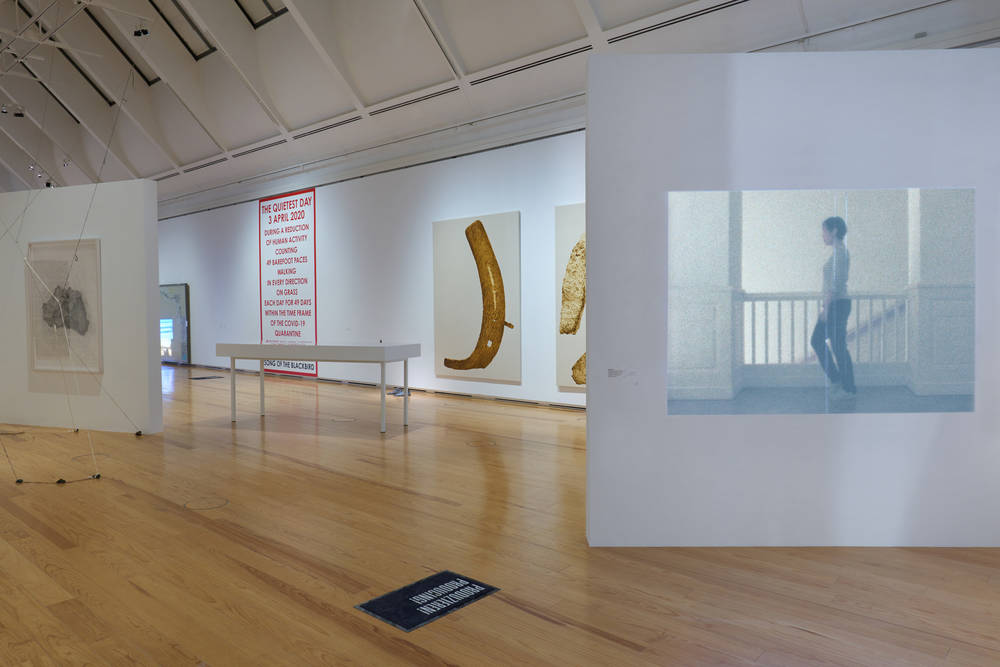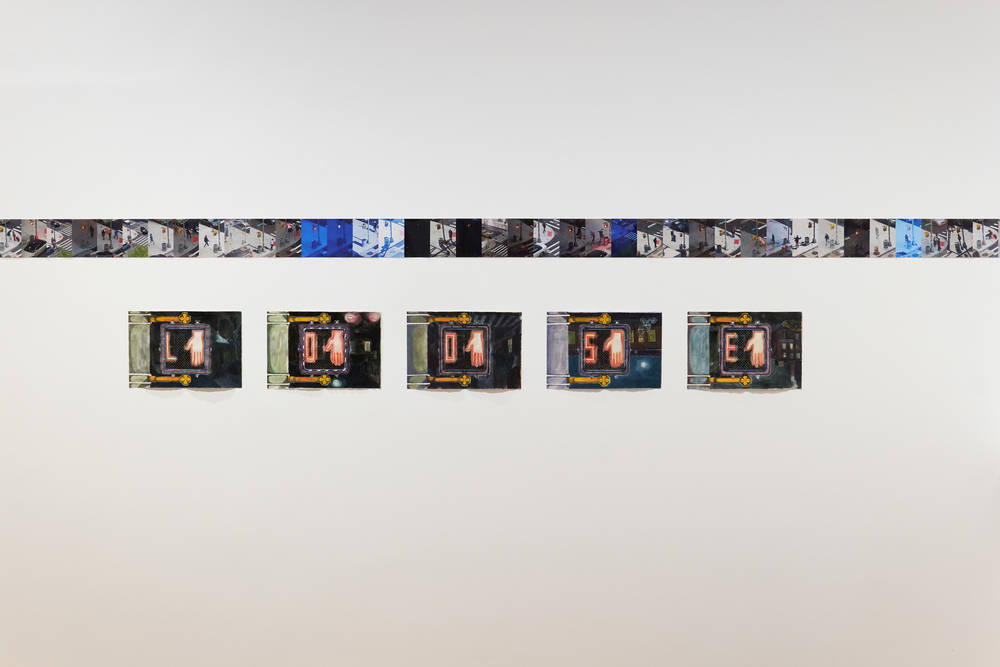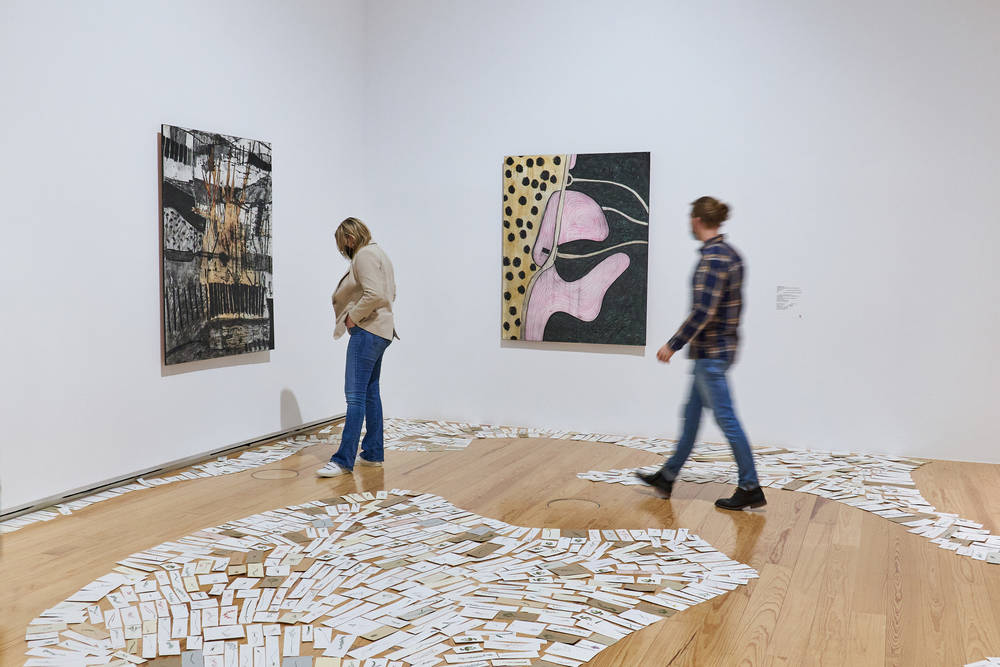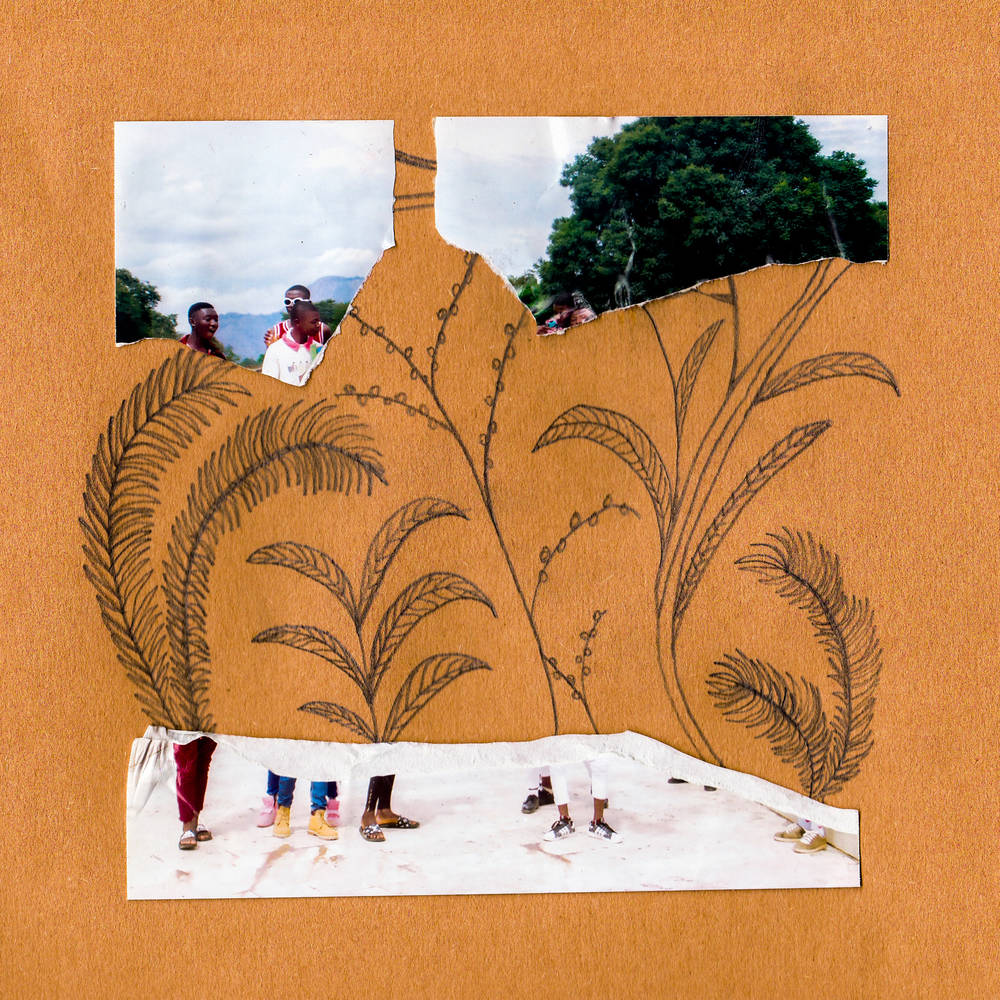Strolling is still the first-choice mode of movement when it comes to art exhibitions. From the salons of the turn of the century to our behavior in space today.
Museum buildings designed by us influence our approach to exhibitions. Accordingly, a particular building can strongly stimulate a tour of an exhibition or force visitors to head in a particular direction, as is the case at the Guggenheim in New York, for example. We react in a completely different way to expansive floor plans in which the premises open up sweeping vistas. Art venues and the way they are staged is something designed by people, something that is, at the same time, based on feelings and the expression of our expectations of the enjoyment of art and our reception of the latter.
The way we move around at exhibitions is something that has been conditioned in us, it is part of our social capital and is evidence of our knowledge of the right codes. Strolling around is and remains our first choice in terms of the way we move through art exhibitions. However, the spatial conditions have increasingly changed since the birth of the type of visitor who likes to stroll around.
The male conceived “flaneur”
The “flaneur” was originally a figure in the thought of cultural philosophers Charles Baudelaire and Walter Benjamin and a purely male phenomenon. This type of person was in his element in cities and was a member of the well-to-do bourgeoisie. He would put in an appearance in various different roles, always as a consumer. In the process, he collected visual anecdotes and picked up knickknacks in department stores. He particularly enjoyed visiting cafés, exhibitions and cafés. However, more than anything else, he liked to marvel at the great world’s fairs, a mixture of trade fair, art and product show and to look around the purpose-built glass palaces at the wonders the world had to offer. In my imagination he would be wearing a flowing black coat and always manifested a deferential, curious attitude with his hands folded in his lap.
The way we move around at exhibitions is something that has been conditioned in us

These presentation spaces at the turn of the 20th century were made for the flaneur. The salons, full to bursting point, were invitations to lose oneself and, thanks to their eclectic stylistic pluralism, allowed for cross-epochal reminiscences. In the exhibitions of paintings and at the salons, pictures hung right up to the ceiling, in such a way that the formats became larger and larger the higher up they hung. Moreover, there were plants, and sculptural works stood in the middle of the room, creating an epochal setting. In order to keep track of things, visitors needed to repeatedly go to the middle of the room and turn around 180 degrees. In this way they permanently moved about between the walls, from the edges of the room to its center again.

Even today, the idea of wandering through an exhibition shows that the flaneur (male or female) represents an archetype in terms of exhibition visitor. It would appear to be the case that strolling as a method of proceeding, without a concrete objective, satisfies our need for distraction.
We recognize in the flaneur the self-fulfillment of a responsible exhibition visitor
In the first instance, wandering through an exhibition means being driven by conspicuous features, chance and details, being able to move freely and as a person sees fit. However, at the same time, it is important to be confident enough to step away from the exhibition’s central theme and to establish one of your own. At the end of the day, we recognize in the flaneur the self-fulfillment of a responsible exhibition visitor.

It is by wandering around that we can take possession of public spaces such as the exhibition room. For many years now the flaneur with his forays has guided us safely through exhibitions. We have known what role we play and how it feels – we have thrown on a scarf, have worn the flowing black coat and thus armed we have proceeded through the exhibition room, consuming what was on show there. Now, however is it time to distance ourselves from the flaneur and that security? After all, reflecting on our own role also has an effect on how we behave in the room. As a result, a new way of walking can also change the exhibition premises.
New ways of walking, new habits
Should we perhaps start changing the way we walk? Just like in the current Schirn exhibition the work by Carmen Papalia White Cane Amplified (2017), the fotowalk through Helsinki or like Rahima Gambo and Bani Abidi show us how to do? As these works demonstrate, with new ways of walking and new habits we also challenge other visitors as much as we do our own habits. Perhaps in this way we will also become familiar with new perspectives.
Should we perhaps start changing the way we walk?










